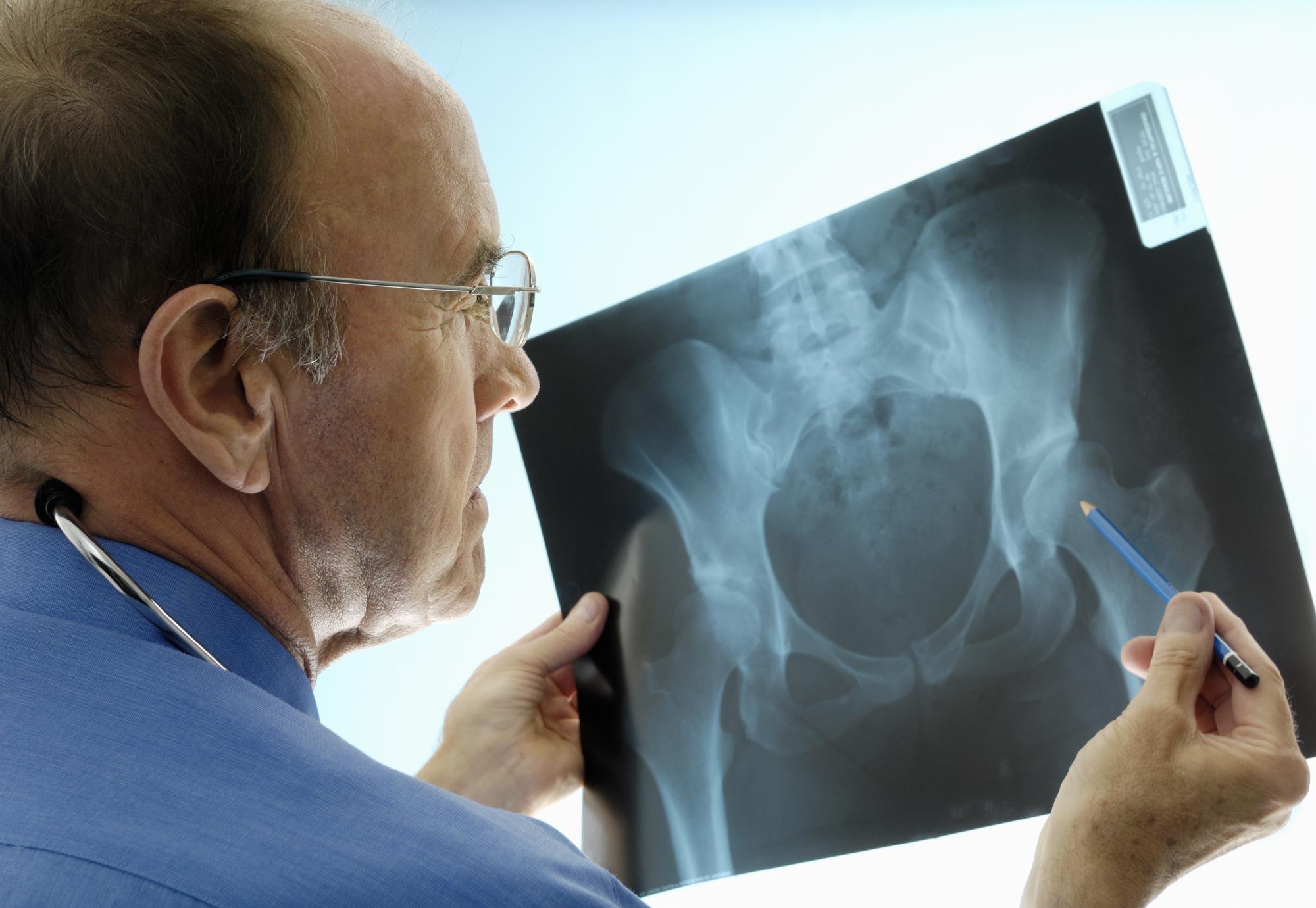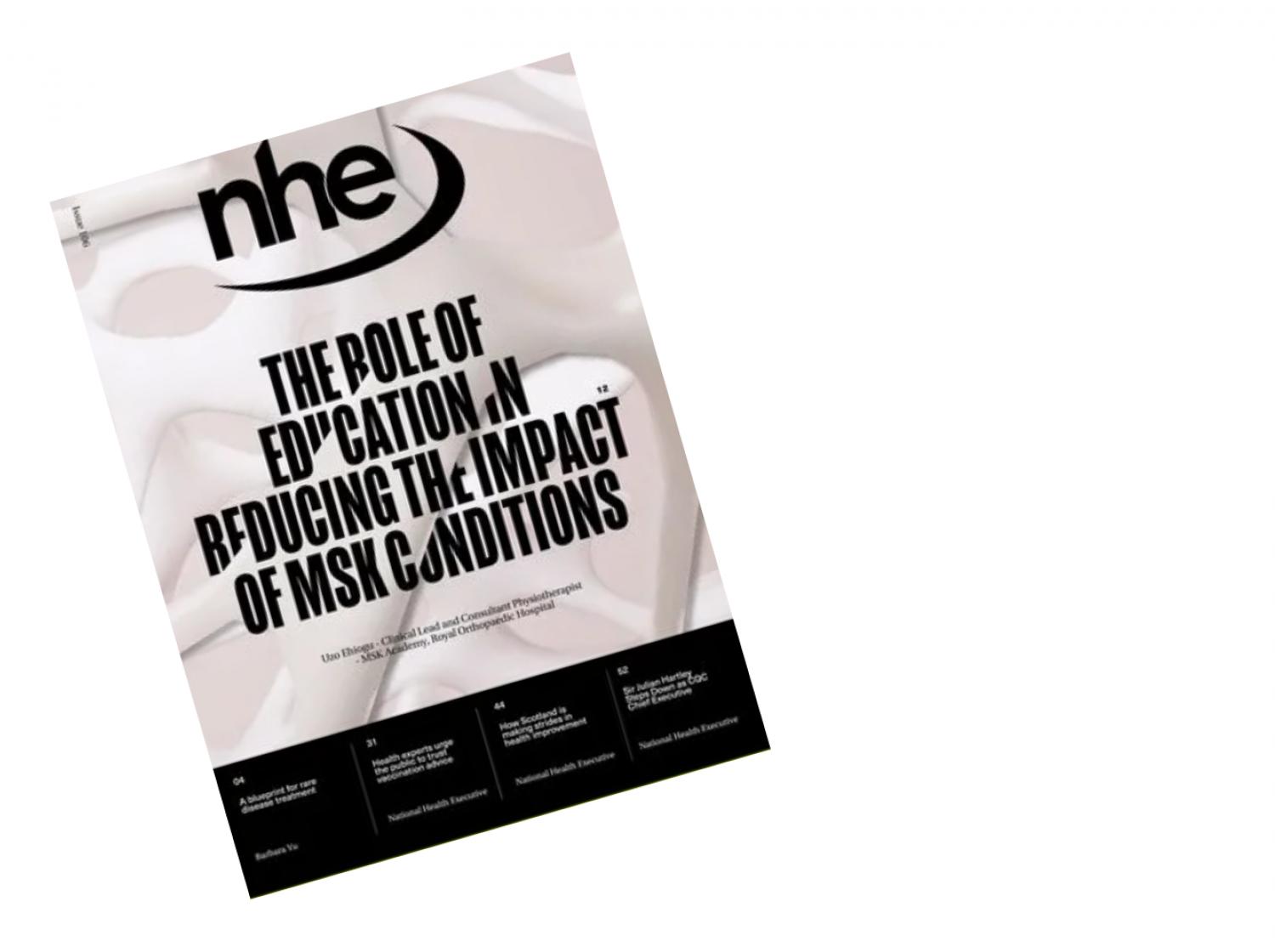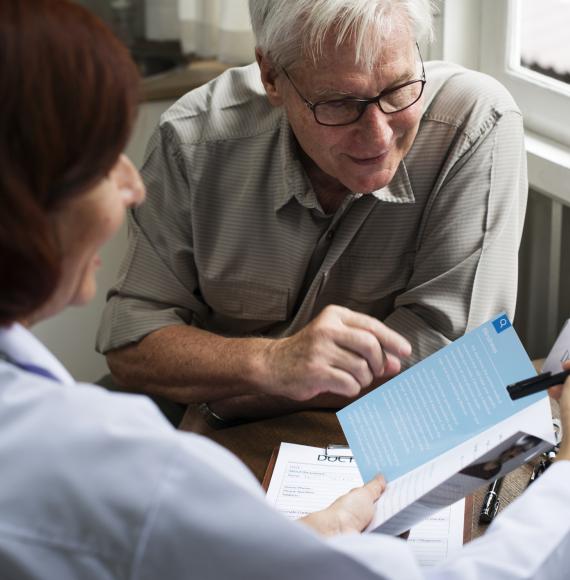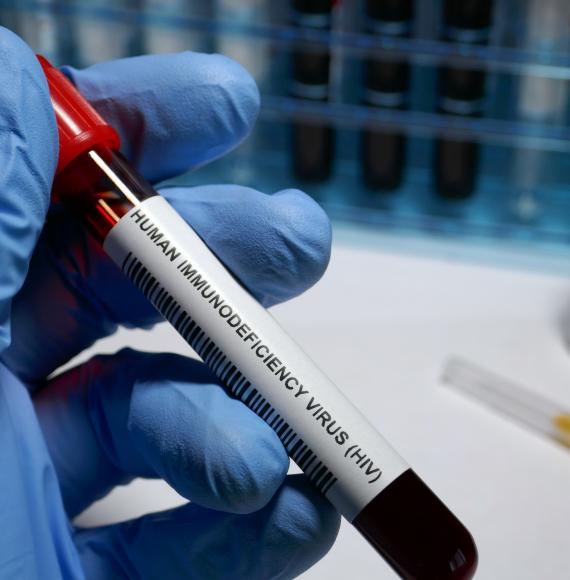Patients across England will benefit from 29,000 additional bone scans each year, thanks to the rollout of 13 new DEXA (dual-energy X-ray absorptiometry) scanners by the government.
This initiative, part of the Elective Reform Plan and the broader Plan for Change, marks a significant step in modernising the NHS and improving early diagnosis of conditions like osteoporosis.
Osteoporosis affects more than one in three women and one in five men during their lifetime, often leading to painful fractures from even minor incidents. The new DEXA scanners are equipped with cutting-edge technology capable of detecting minute changes in bone density, enabling earlier and more accurate diagnosis.
The scanners will be deployed in 13 areas this year, including hospitals in West Yorkshire and North East Lincolnshire, serving some of the country’s most under-resourced and rural communities. Patients in these areas are already receiving appointment invitations to access the new services.
Sue Mann, NHS England’s Clinical Lead for Women’s Health, commented:
“This is a welcome targeted investment for the NHS Trusts across England set to receive these new scanners from this month - they measure tiny reductions in bone density that can help us diagnose osteoporosis in its early stages, before you break a bone.
“These scanners are key tools for prevention, particularly for some women who are known to be at higher risk of osteoporosis such as those who go through early menopause.”
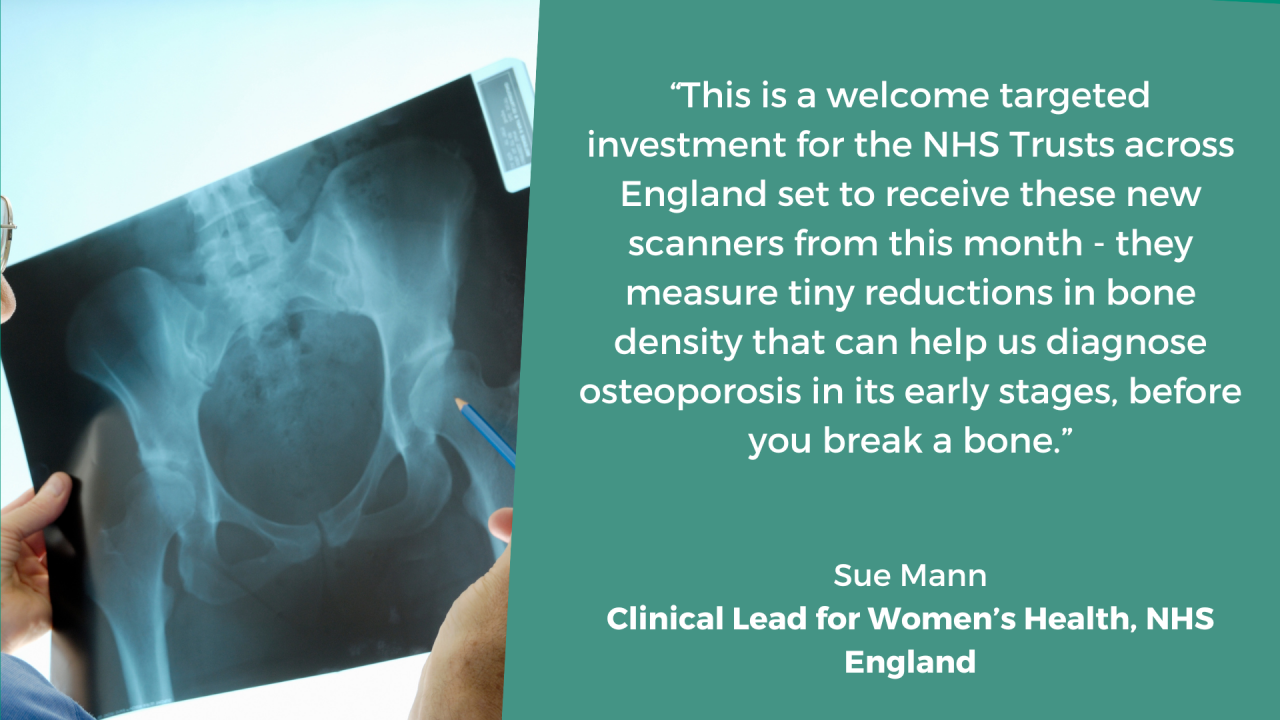
Seven of the scanners will support new or expanded DEXA services, reducing travel times and improving access for patients. The remaining six will replace older machines, boosting reliability and productivity in bone diagnostic services.
This rollout builds on the government’s success in delivering over three million additional appointments since June 2024—far surpassing its target of two million extra operations, scans, and appointments. The investment in DEXA technology is a clear demonstration of the government’s commitment to making the NHS fit for the future.
Image credit: iStock

